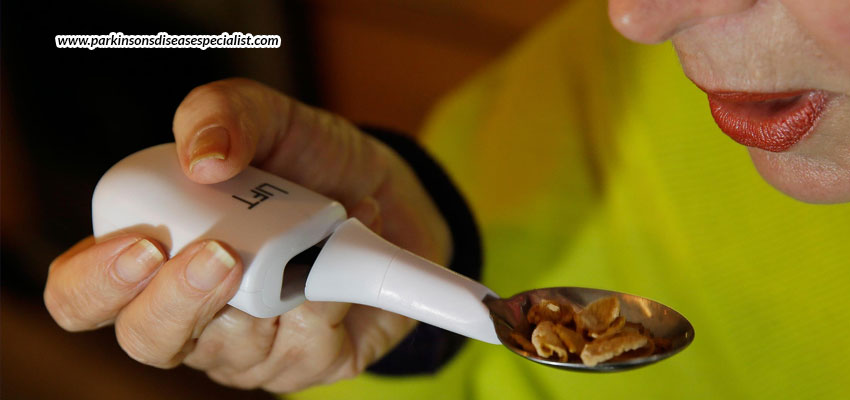
23 Apr What Various Methods Are Used To Treat Tremor?
Tremor is one of the diseases that adults above the age of 40 encounter, which involves involuntary movement of muscles, resulting in trembling and shaking of various parts of the body like hands, legs, jaws, neck, etc. This disease, when worsens, disables patients from executing the simplest of activities like holding a cup, tying shoe laces, buttoning up a shirt, etc. It also makes it embarrassing for patients when they are surrounded by people because of the continual involuntary movement of the body parts. This ailment begins with affecting the hands and fingers, and is not life-threatening, but if not treated, it could worsen the condition, leading to tremor in the trunk and legs, leading to off-balance and making it impossible to even walk!
Treating tremor doesn’t mean curing the ailment permanently, but it involves giving medications and remedies that can subdue the involuntary actions for at least a few months. There are various treatments that are used to treat tremor, including medicines, therapies, exercises, injections, and surgeries. Depending upon your health condition and the level of tremor, the type of medication is decided. If at the initial stage, doctors first prescribe medications, therapies, and exercises. If the disease is at a higher level, drugs are injected into the muscles to subdue the vibrations. However, if none of these work, and if the tremor is at an extreme stage, doctors may suggest you to undergo a surgery. Let us learn about all these types of treatments in detail below.
Medications
Beta-blocker drugs like propranolol and anti-seizure medications like primidone are given to treat tremor. However, not every patient responds to these medications; and even if they do, these medicines may have side-effects like slowing heart rate, drop in blood pressure, fatigue, apathy, fainting, depression, and erectile dysfunction. Other medications include Mysoline, Neurontin, Inderal, and Topamax, but each has its own side-effects. So, you must let your doctor know all about your health conditions and history of your health so that he can advice you the best medicine option.
Therapies
Doctors may also suggest some exercises and therapies for you to follow at home, which can improve your muscles strength, control, and coordination. In this way, you will not treat your tremor, but learn to live better with it. Doctors may also suggest the use of weights, splints, and other adaptive equipment, and special utensils for eating.
Injections
Botox injections can be injected into your muscles to treat tremor by relaxing your muscles and stopping the involuntary movements of your body parts. However, the effect of this injection lasts only about 3 to 6 months, after which you will have to get the toxin re-injected into your muscles. However, this treatment also has its own side-effects. For example, Botox injected into the hand can cause weakness in fingers, and Botox used to treat voice tremors may result in a hoarse voice and difficulty in swallowing.
Surgeries
Invasive – Deep Brain Stimulation is an invasive surgery that involves implantation of electrodes deep into the brain into the thalamus – the body part that controls the movement of muscles. These electrodes are connected to a pacemaker-like device implanted in the chest, which contains a battery that generates electric pulses and delivers them to the thalamus, thus blocking the tremor. However, this treatment too has the side-effect of infections, and requires replacement of the battery every few years.
Non-invasive – If you don’t want to undergo such an invasive surgery, there is a new kind of non-invasive surgery that has been approved by the FDA. This surgery requires no incision, no electrodes, and no anesthesia. It only uses a magnetic resonance-guided focused ultrasound. MR imaging is used to locate the thalamus to which these ultrasound waves are delivered so that the heat from the waves destroys the cells. This procedure takes only a few hours, and is very effective, but it damages the cells permanently, which means a definite and forever change in the patient’s body anatomy. Also, patients may experience abnormal sensations in other parts of the body as a result.
To know which method and therapy is most effective in your situation, you must get in touch with an experienced and reliable doctor. One such name is Dr. Shivam Mittal, who is not only a doctor, but also a dystonia, tremor, and Parkinson’s disease specialist in UAE, having immense knowledge and skill in the field to treat all kinds of neurological ailments effectively.








